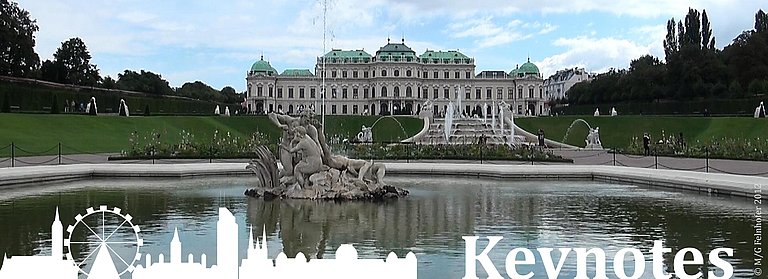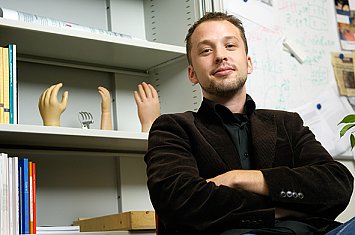
Keynote 1
Presence in Action: An Updated Overview of an Action-based Approach to Presence
(17th March 2014, 17:30-19:00, HS A, Campus - how to get there!)

Anna Spagnolli is Assistant Professor at the University of Padua, Department of General Psychology, and scientific coordinator of the Human Technology Laboratories (HTLab) in the same University. She holds a degree in Social Psychology and a Ph.D. in Social and Personality Psychology.
Her research interests are in the field of mediated interaction and presence, where she adopts and elaborates an action-based approach, and in qualitative methods applied to HCI, particularly conversation and gesture analysis in which she was trained at UCLA. Her research activity is supported by national and international grants via participation to several EU funded projects (EMMA, PASION, Eldergames, SeniorChannel, DC&D, NEWIP, BeAware, CEEDs, CultAR, MindSee).
She has been involved in the field of presence studies since her PhD dissertation in 2001, has co-edited special issues on presence for PsychNology Journal and for Virtual Reality, and has co-organized the ISPR Presence conference in 2008 in Padua.
Keynote 2
In Search of the Fixed Points on the Presence Scale
(18th March 2014, 17:30-19:00, HS C2, Campus - how to get there)

Antal Haans is assistant professor in environmental psychology at the Human-Technology Interaction group at Eindhoven, University of Technology, Eindhoven, The Netherlands.
His research interest is in understanding the interplay between humans and their everyday socio-physical surroundings, including those offered by media technologies. Part of his work involves the scientific investigation of the phenomenon of telepresence, and the potential of media technologies in the aid of psychological research—investigating, for example, the potential benefits of mediated social touch technologies for touch research. Currently, an increasing proportion of his research is dedicated to uncovering the mechanisms behind the effects of urban lighting on, for example, the safety perception formation process and the de-escalation of potentially aggressive social situations.
He is currently exploring and validating the use of immersive—presence evoking—virtual environments for urban lighting research which promises high experimental control (e.g., over traffic density or the weather) in combination with high ecological validly.